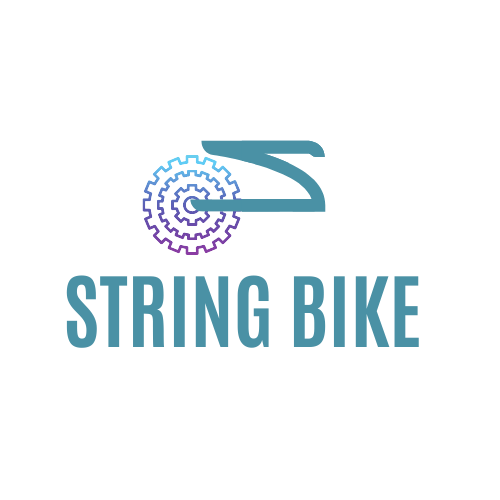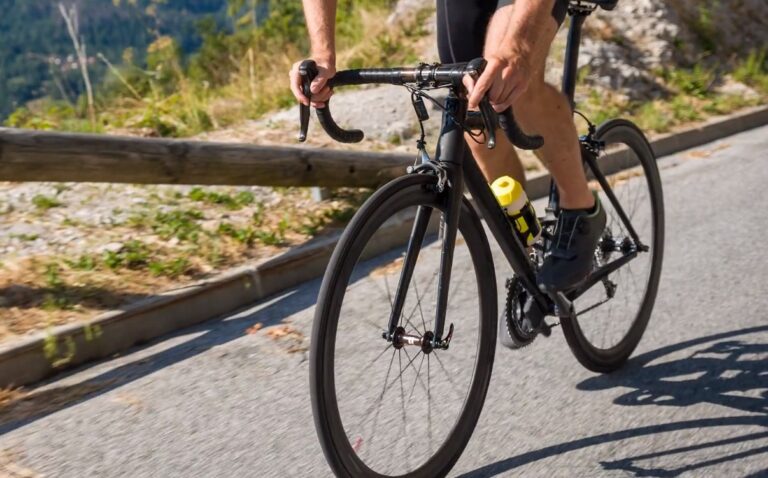Growing up, I remember the excitement of getting my first bicycle. It was a simple single-speed, and I cherished every moment with it. But as I grew older and started exploring more terrains, I realized the limitations of my beloved bike. It was on a family vacation in the hills when I first encountered a 10-speed bike.
My cousin, an avid cyclist, had one, and he effortlessly breezed past me on an uphill climb while I struggled with my single-speed. That was my introduction to the world of 10-speed bikes.
If you’ve ever wondered, “What exactly is a 10-speed bike?” or are curious about the top 10-speed bikes available, you’re in the right place. In this article, we’ll look into the mechanics and benefits of these bicycles, making them easy for anyone to understand.
1. Schwinn Phocus
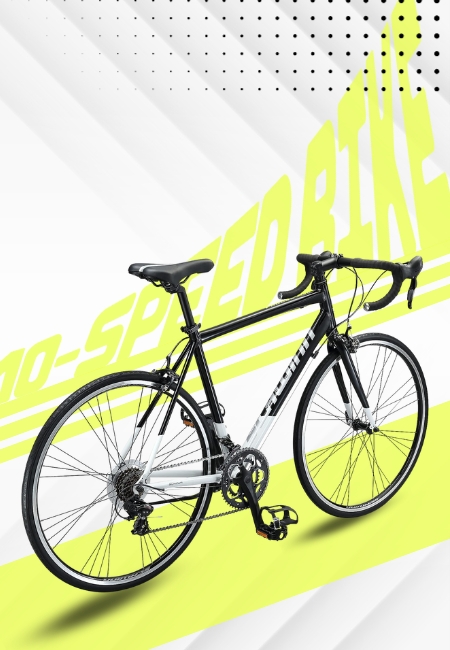
Schwinn Phocus has always stood out to me. I’ve tested this particular model numerous times, and it has consistently proven to be one of my absolute favorites.
The Schwinn Phocus is not just another road bike; it’s a blend of precision and craftsmanship. Its aluminum road frame paired with a steel road fork ensures swift and agile riding. The 700c wheels are perfect for riders ranging from 5’4″ to 6’2″ in height.
With 10 speeds, the Shimano rear derailleur and integrated Micro-shift shifter brake lever combo offer precise gear shifting. The front and rear alloy caliper brakes guarantee reliable stopping power, while the high-profile alloy wheels combine lightweight strength with aesthetic appeal.
The aluminum handlebar, stem, and seat post are not only lightweight but also durable, ensuring longevity. Riding the Schwinn Phocus, especially with its oversized 700c x 28c road tires on lightweight alloy rims, is a smooth experience that any cycling enthusiast would appreciate.
| Feature | Specification |
|---|---|
| Bike Type | Road Bike |
| Age Range | Adult |
| Number of Speeds | 14 |
| Frame Material | Aluminum |
| Suspension Type | Rigid |
| Special Feature | Lightweight |
- Swift and agile riding
- Reliable braking system
- Lightweight design
- Durable frame material
- Smooth gear shifting
- Requires initial tuning
2. HeartsBio Carbon Road Bike Model H
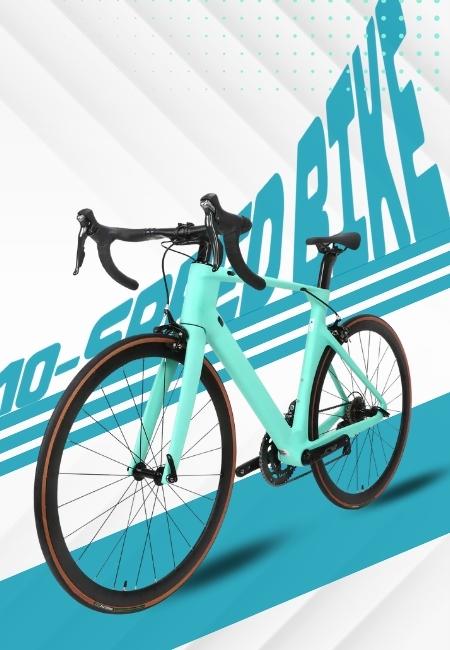
The HeartsBio Carbon Road Bike Model H is a top-tier road bike designed for both beginners and advanced riders. With its sleek design and high-quality components, this bike promises a smooth and efficient ride. Let’s dive into its features and see what makes it stand out.
| Feature | Specification |
|---|---|
| Frame Material | Toray T700 Supreme Carbon Fiber |
| Gearing | Shimano Sora 9 x 2 = 18 Speeds |
| Design | Minimal design for custom club logo |
| Total Bike Weight | 18.7 lb |
| Warranty | Limited Lifetime Warranty |
| Included Components | Tool Kit |
- Lightweight carbon fiber frame
- Shimano SORA 18 speeds
- Customizable with club logo
- High customer satisfaction (4.9/5 stars)
- Limited lifetime warranty on frame
- Assembly required
- Higher price point (though justified by quality)
3. Redline Bicycles’ Proline
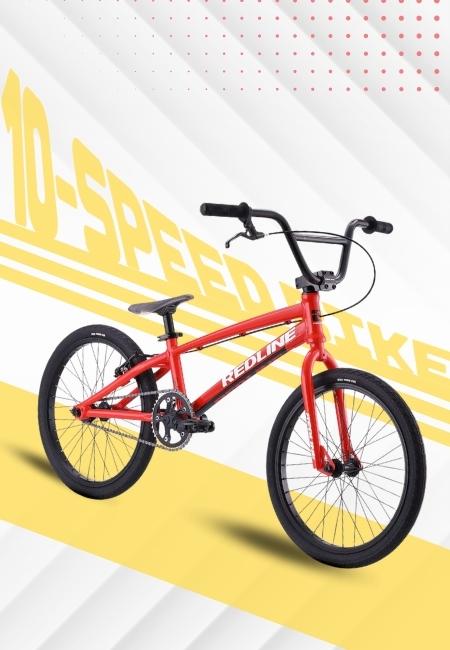
The Redline Bicycles’ Proline Race Bike is another great option for those looking for a lightweight and durable BMX bike. It too weighs in at only 18.5 pounds and is made out of a durable aluminum frame.
However, what sets this bike apart is its suspension. It has a dual-suspension system that includes both coil springs and air shocks. This makes it ideal for those who want a little extra cushioning while riding.
| Feature | Specification |
|---|---|
| Bike Type | BMX Bike |
| Age Range (Description) | Adult |
| Color | Gloss Black |
| Wheel Size | 20 Inches |
| Frame Material | Aluminum |
| Special Feature | Aluminum Frame |
- High-quality aluminum alloy frame
- 100% chromoly steel race fork
- Sealed hubs for durability
- Integrated head tube design
- Quality Euro bottom bracket
- Fits specific rider height
- No seat padding
4. Mongoose Title Pro
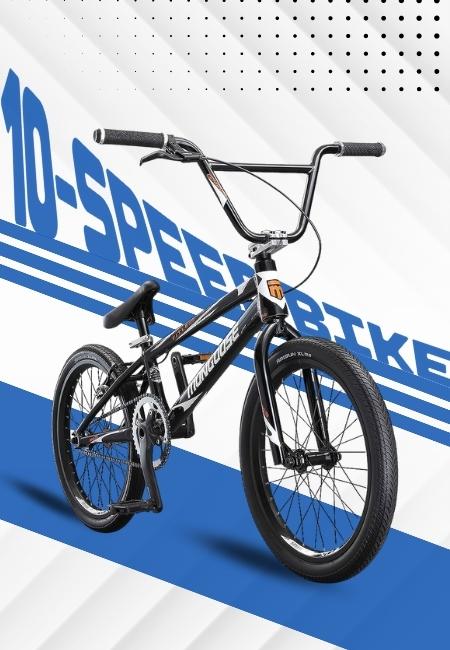
This bike is designed for intermediate to professional riders, offering high-end performance. This bike stands out with its professional-grade 6061 Tectonic T1 Biaxial Hydroformed and butted aluminum frame, which ensures both durability and lightweight performance. It features an internal cable routing system, a top tube length of 20.75 inches, and a frame weight of 3.28 pounds.
The Title Elite’s drivetrain boasts hollow spindle alloy cranks with a 44T alloy chainring and a sealed BB86 bottom bracket. The wheelset showcases 20″ Arisen XLR8 tires mounted on double-walled aluminum rims. For precise speed control, the bike is equipped with an aluminum linear-pull brake and Radius aluminum brake levers.
The 4130 chromoly handlebar and fork, combined with a 1.969-inch stem and sealed bearing headset, ensure maximum steering performance.
| Feature | Specification |
|---|---|
| Bike Type | BMX Bike, Freeride Bike |
| Age Range (Description) | Youth |
| Brand | Mongoose |
| Wheel Size | 20 Inches |
| Frame Material | Aluminum |
| Special Feature | Aluminum Frame, BMX |
- Sealed bearing headset for smooth steering
- Durable double-walled aluminum rims
- Precise speed control with aluminum brakes
- Lightweight Tectonic T1 aluminum frame
- Internal cable routing for sleek design
- Might be heavy for beginner racers
- Stock pedals are of a plastic variety
5. Kent Gzr700 Road Bike
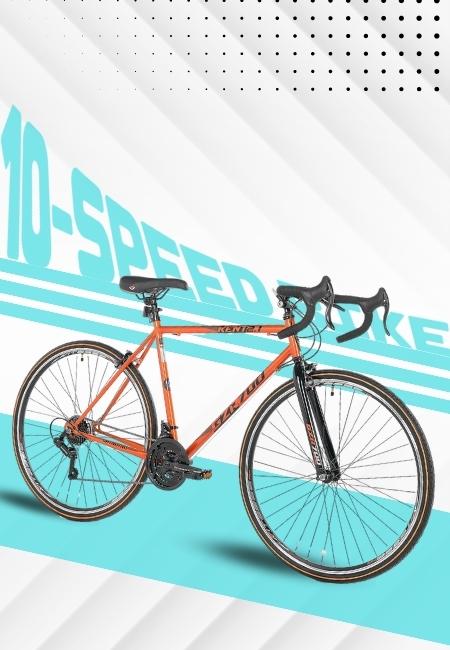
The Kent Gzr700 is a blend of durability and performance. Designed with a TIG welded steel frame, this bike promises longevity. The 21-speed shifters ensure smooth transitions across terrains, making rides enjoyable. Its alloy caliper brakes provide efficient stopping power, ensuring safety during rides.
With its sleek design and efficient performance, the Gzr700 stands out as an excellent choice for those looking to combine daily commuting with recreational rides.
| Feature | Specification |
|---|---|
| Bike Type | Road Bike |
| Brand | Kent International |
| Number of Speeds | 21 |
| Color | Orange |
| Wheel Size | 29 Inches |
| Frame Material | Alloy Steel |
- Lightweight high tensile steel frame
- Reliable Shimano stem shifters
- High-profile alloy Vitesse rims
- Comfortable seat for extended rides
- 21-speed range for versatile cycling
- The seat might require adjustment
- Shifter positioning can be awkward
6. Hiland Road Bike 700C Racing Bicycle
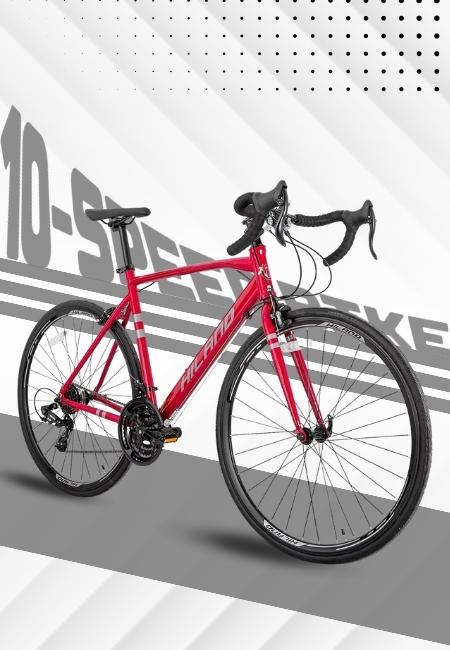
Hiland presents a road bike that is perfect for racing enthusiasts. With its 14-speed shifting system powered by Shimano SY20A thumb shifters, riders can experience swift and smooth transitions. The bike’s aluminum frame ensures lightness, making it easy to maneuver during races.
Its double-caliper brakes promise precise stops, adding to the safety factor. With its striking design and top-notch performance, the Hiland Road Bike is a racer’s dream come true.
| Feature | Specification |
|---|---|
| Bike Type | Road Bike |
| Brand | HH HILAND |
| Number of Speeds | 14 |
| Wheel Size | 29 Inches |
| Frame Material | Aluminum |
| Special Feature | Lightweight |
- Lightweight aluminum frame
- Shimano 14 speeds drivetrain
- 700C racing design
- Affordable price range
- Comes with assembly tools
- Seat comfort varies
- Shifters may need adjustment
7. Eurobike Bicicletas EURXC550
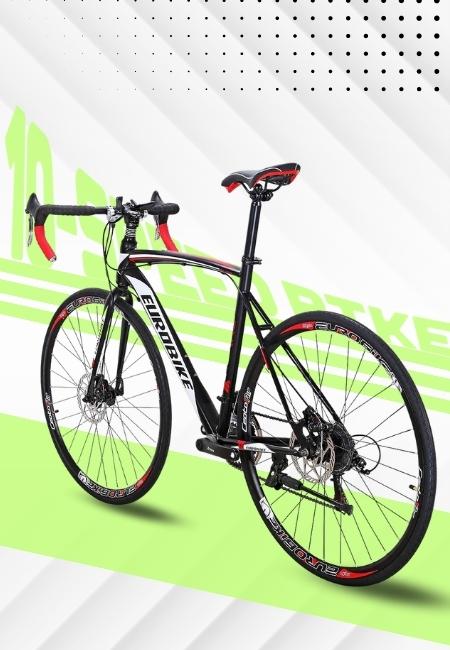
Eurobike’s EURXC550 is a testament to style and functionality. This road bike, with its unique dual disc brake system, ensures maximum safety during high-speed descents. The 21-speed shifting system promises versatility, allowing riders to cruise through various terrains effortlessly.
Its sturdy steel frame, combined with the aesthetic appeal of its design, makes it a favorite among both novice and seasoned bikers. If you’re looking for a blend of performance and style, the EURXC550 is the way to go.
| Feature | Specification |
|---|---|
| Bike Type | Road Bike |
| Age Range (Description) | Adult |
| Number of Speeds | 21 |
| Wheel Size | 680 Millimeters |
| Frame Material | Alloy Steel |
| Suspension Type | Rigid |
- 21-speed shifting system
- Dual disc brake system
- Comes 85% pre-assembled
- Durable steel frame
- Special features: Lightweight, mountain bike
- Requires some assembly
- Tires may need inflation upon arrival
History
The popularity of 10-speed bikes peaked in the 1970s. This was due to a combination of factors, including the oil crisis of the late 1960s and early 1970s, which led to a surge in interest in bicycles as an alternative form of transportation.
The 10-speed bike was also relatively new and innovative at this time, and its popularity was further boosted by the fact that it was relatively affordable.
However, by the early 1980s, the 10-speed bike had fallen out of favor with most cyclists and was replaced by newer, more technologically advanced bikes.
Today, 10-speed bikes are once again becoming popular, thanks to their simplicity and affordability. If you’re looking for a fast, lightweight bike that won’t break the bank, a 10-speed bike is a great option.
Perfect for Commuting, But Are They for Everyone?
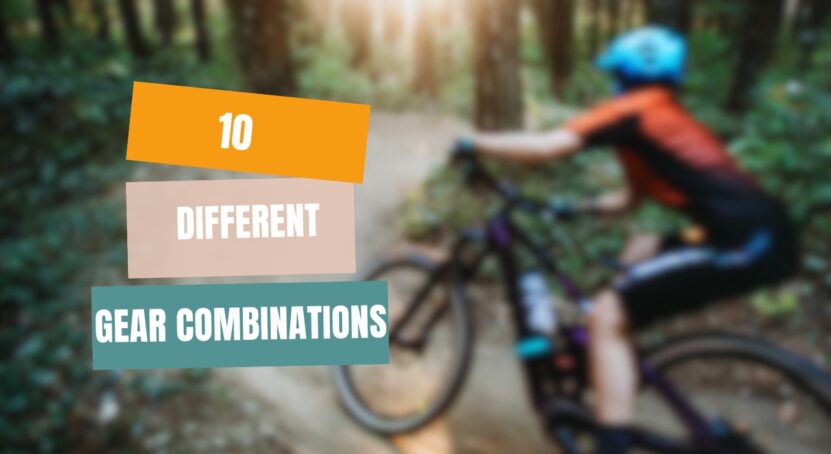
A 10-speed bike, at its core, refers to a bicycle that has 10 different gear combinations. This is achieved through a combination of chainrings at the front and sprockets at the rear. The term “10-speed” originally referred to bikes with 2 chainrings in the front and 5 sprockets in the rear, giving the rider 10 possible gear combinations.
The primary purpose of these multiple gears is to allow the cyclist to maintain a comfortable pedaling speed (or cadence) regardless of the terrain or riding conditions.
The primary advantage of a 10-speed bike is its adaptability. Whether you’re tackling a steep uphill climb or cruising on a flat road, the range of gears allows you to choose the most efficient combination for the situation. This adaptability translates to less fatigue and more extended rides.
With more gears comes added complexity. Maintenance can be slightly more involved, and there’s a learning curve to efficiently shifting between gears. Additionally, while a 10-speed might be perfect for city commuting or long-distance road cycling, it might not be the best choice for more specialized forms of cycling, like mountain biking or BMX.
Are These Bikes Any Good?
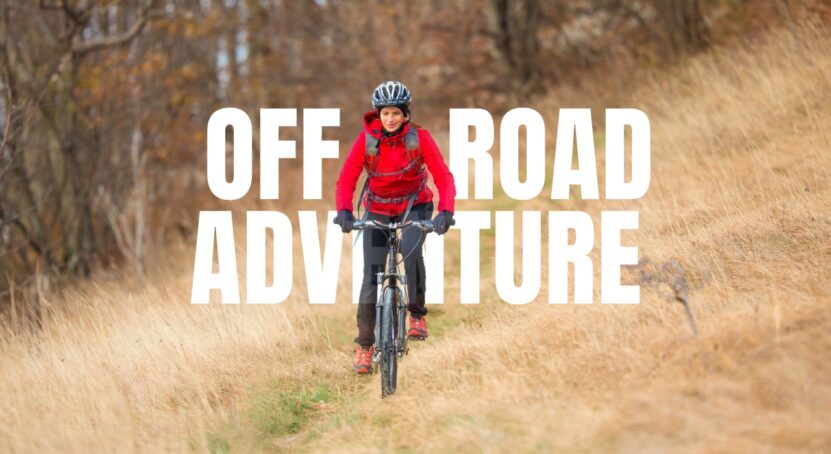
The answer isn’t a simple yes or no. It largely depends on where and how you plan to ride. For those who stick to paved roads, a 10-speed bike can be an excellent choice, offering speed and versatility. But if rugged trails and off-road adventures are more your style, you might want to reconsider.
Budget is another crucial factor. With prices ranging from $200 to over $1000, 10-speed bikes cater to a wide audience. If you’re watching your wallet, there are more affordable options out there. But for those willing to invest, the higher-end 10-speed bikes can be worth every penny.
Think about your riding temperament. Adrenaline junkies who crave speed and thrill might find the 10-speed bike to be their perfect match. But if you’re someone who enjoys a relaxed, leisurely ride, a simpler, more cost-effective bike might be more up your alley.
If you’re more of a leisurely rider, then you might want to stick with a less expensive option. No matter what your riding style is, there’s a 10-speed bike out there that can suit your needs.
So, if you’re looking for a fast and versatile bike, then a 10-speed might be the right choice for you.
Buyer’s Guide
Now, let us take a look at the most important elements you need to pay attention to before you purchase a 10-speed bike.
Purpose of the Bike
The intended use of the bike plays a pivotal role in your decision-making process. Different types of 10-speed bikes are designed for various purposes:
- Commuting: If you’re using the bike mainly for commuting, look for one with mounts for pannier racks and mudguards. A more upright position might also be more comfortable for city rides.
- Long-distance Touring: For touring, you’d want a bike that’s sturdy, has mounts for luggage, and offers a comfortable riding position. A steel frame might be preferable due to its durability and comfort.
- Racing: Racing bikes prioritize speed and efficiency. They typically have a lightweight frame, aerodynamic design, and a more aggressive riding position.
- Casual Weekend Rides: For casual rides, comfort is key. Consider bikes with a more relaxed geometry and features that enhance ride comfort.
Frame Material
Different materials offer various benefits:
- Aluminum: This is a popular choice for its balance between weight and strength. It’s resistant to rust and is often used in more affordable bike models.
- Steel: Known for its durability, steel frames offer a smoother ride due to their natural flex. They are, however, heavier than aluminum.
- Carbon Fiber: This material is prized for its weight-saving properties and ability to absorb road vibrations, offering a smooth ride. However, it’s on the pricier side.
- Titanium: A premium material that combines the best properties of the others. It’s lightweight, strong, and resistant to corrosion.
Fit and Size
A proper fit is crucial for comfort and efficiency:
- Standover Height: This is the height of the top tube relative to the ground. You should have a slight clearance when standing over the bike.
- Reach: This refers to the distance from the saddle to the handlebars. It affects your riding posture and comfort.
- Saddle Height: Ensure the saddle height allows your leg to be slightly bent when the pedal is at its lowest point.
Brake Type
Brakes are crucial for safety for a variety of reasons. Among the most important ones, you will find:
- Rim Brakes: These are lighter and easier to maintain. However, they might not perform as well in wet conditions.
- Disc Brakes: Offer consistent stopping power in all conditions but are slightly heavier and can be more challenging to maintain.
Gear Shifters and Derailleurs
Smooth gear shifting enhances the riding experience:
- Shifters: Ensure they are within easy reach and offer crisp gear changes.
- Derailleurs: Brands like Shimano, SRAM, and Campagnolo are renowned for their quality. Ensure they are compatible with the number of gears on the bike.
FAQs
Is Traveling 20 mph Fast?
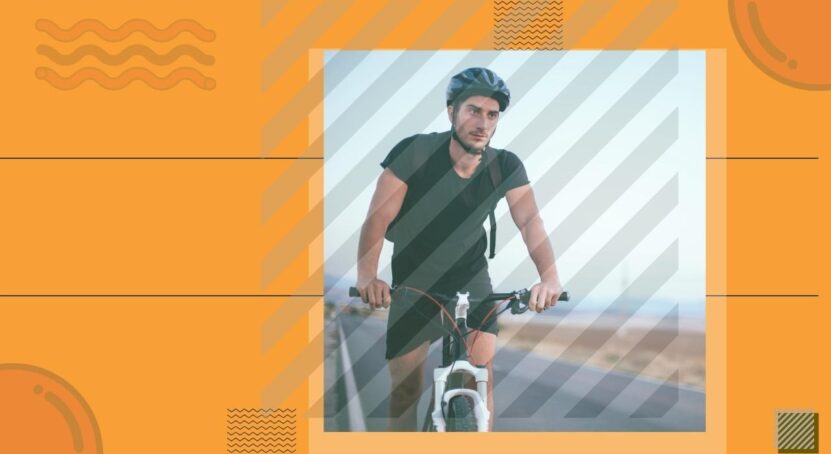
Yes, traveling 20 mph on a bike is fast. In fact, it’s quite impressive. Most people can’t even ride a bike that fast, let alone sustain that speed for any length of time. If you’re able to travel 20 mph on a bike, you’re definitely doing something right.
How Do I Know If My Bike Is 10 or 11-Speed?
If you’re unsure whether your bike is 10- or 11-speed, there are a few things you can check. Take a look at the number of cogs on the rear cassette if there are 11, then it’s an 11-speed bike. You can also count the number of chainrings on the front crankset if there are two and the large one has 42 teeth, then it’s a 10-speed bike.
What is The Average Speed?
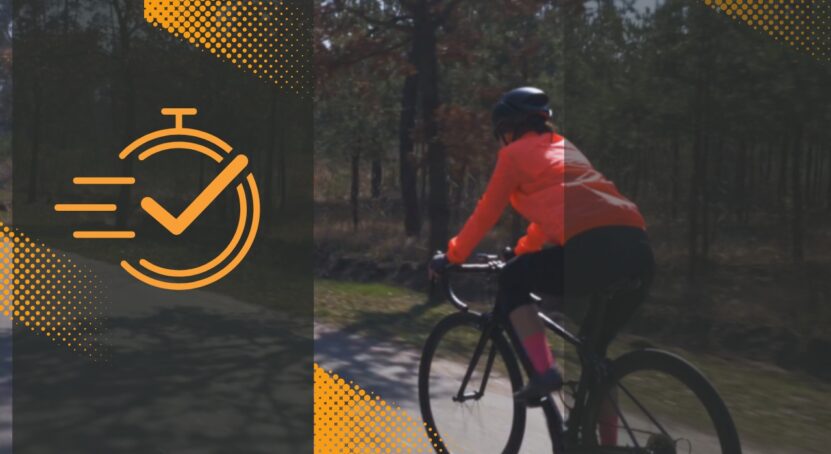
The average speed is around 15 to 20 miles per hour. This will vary depending on a number of factors, such as the type of terrain you are riding on, your own fitness level, and even the wind conditions. So if you’re looking to see how fast you can go on a 10-speed bike, it really depends on the individual rider and the conditions.
Can I Convert My 10-Speed Bike to an 11-Speed Bike?
The simple answer is yes, you can convert your 10-speed bike to an 11-speed bike. However, there are a few things to keep in mind before taking on this project. You’ll need to purchase an 11-speed cassette and an 11-speed chain. These can be found at most bike shops or online. You’ll also need a new rear derailleur that is compatible with an 11-speed cassette.
Will a 9-Speed Chain Work On a 10-Speed Cassette?
Yes, a 9-speed chain will work on a 10-speed cassette. The extra speed simply means that the chain is narrower and thus has less contact with the teeth of the cassette.
This results in slightly less wear on both the chain and the cassette, but it also makes the shifting slightly less precise.
Overall, though, it’s not a big deal and you can certainly use a 9-speed chain on a 10-speed cassette without any problems.
What Gear Is Best For Going Uphill On a Bike?
There are a few things to keep in mind when choosing the right gear for going uphill on a bike. First, you’ll want to make sure you have a low gear ratio so you can be pedaling more easily. You’ll also want to pay attention to your cadence, or how fast you’re pedaling, and try to maintain a steady rhythm. And finally, be sure to keep your body position upright and avoid leaning too far forward or back.
How Do You Tell What Gear You Are In?
There are a few different ways that you can tell what gear your bike is in. One way is to look at the chainring on the front of the bike. If the chain is on the outside of the ring, then it is in a higher gear.
If the chain is on the inside of the ring, then it is in a lower gear. Another way to tell what gear your bike is in is by looking at the cassette on the back of the bike. The bigger the cog, the lower the gear. The smaller the cog, the higher the gear.
What Gear Should I Bike In On Flat Road?
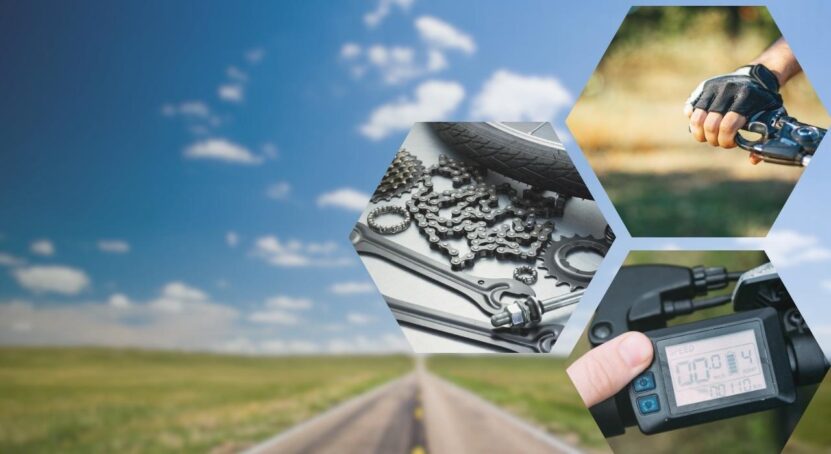
The answer to this question depends on a few factors, including your fitness level, the terrain you’re riding on, and your personal preferences. If you’re just starting out, it’s best to err on the side of caution and start in lower gear. This will help you avoid overexerting yourself and making the ride more difficult than it needs to be.
Wrapping Up
In conclusion, the world of 10-speed bikes offers a fascinating blend of history, mechanics, and adaptability. Whether you’re reminiscing about your first encounter with such a bike or considering an upgrade, understanding the mechanics and benefits of a 10-speed bike is crucial.
They provide a versatile option for those seeking speed and efficiency on paved roads, but like any tool, their effectiveness depends on the user’s needs and preferences.
As with any investment, it’s essential to consider your riding style, budget, and terrain before making a choice. With the right knowledge and a bit of research, you can find the perfect 10-speed bike that aligns with your cycling goals and adventures. Happy riding!
